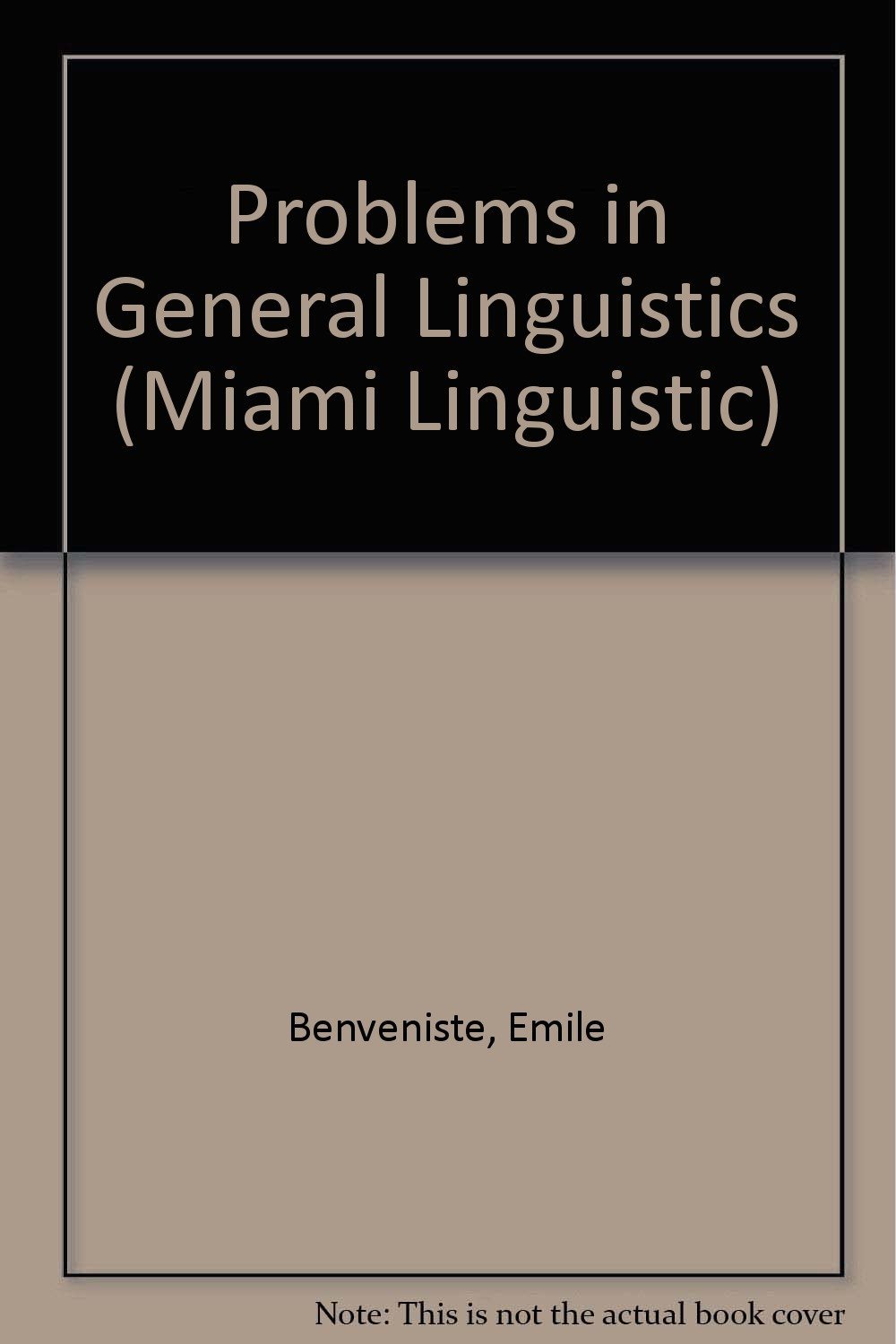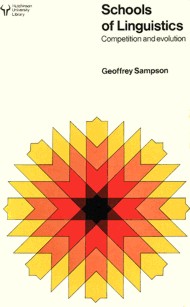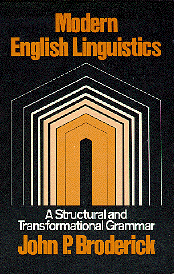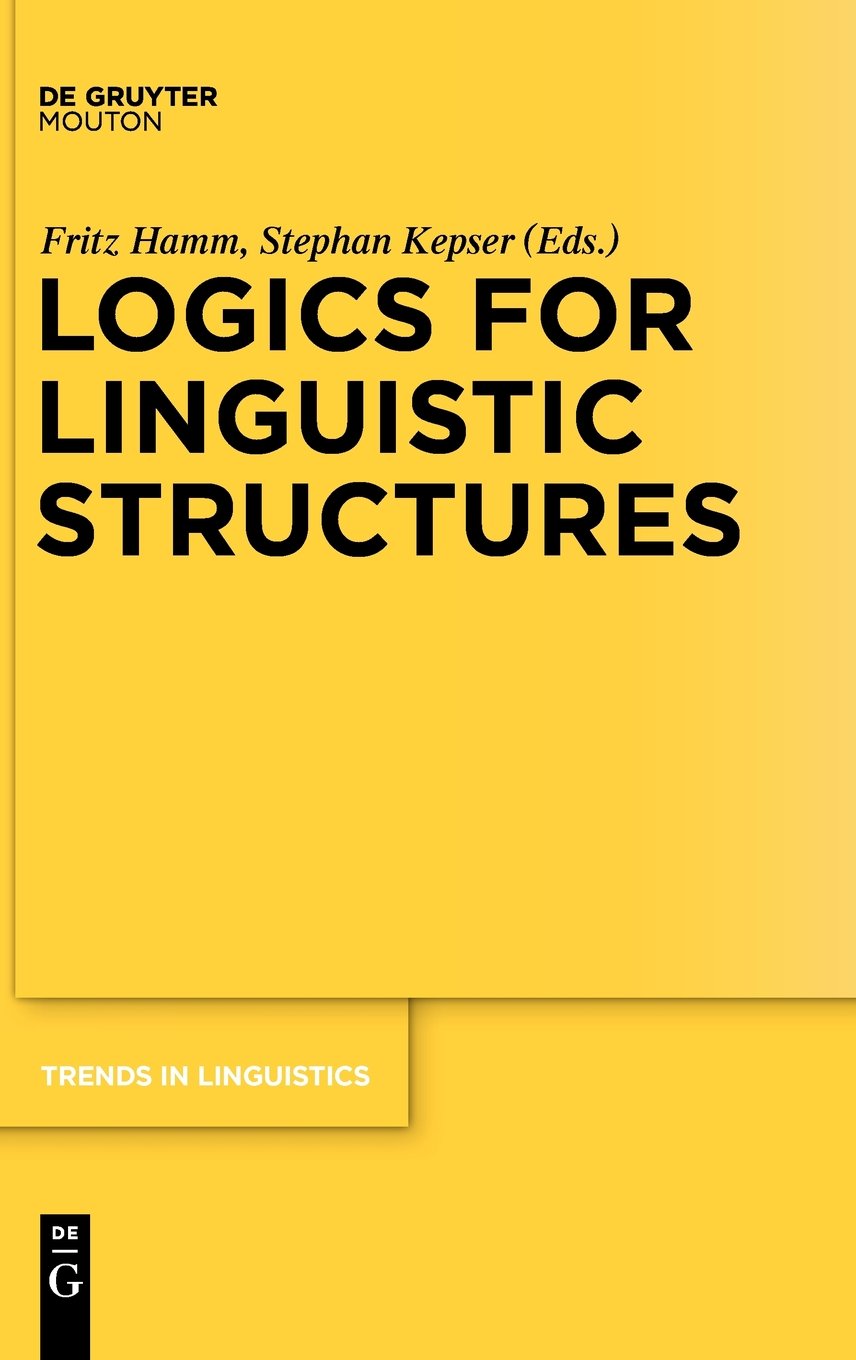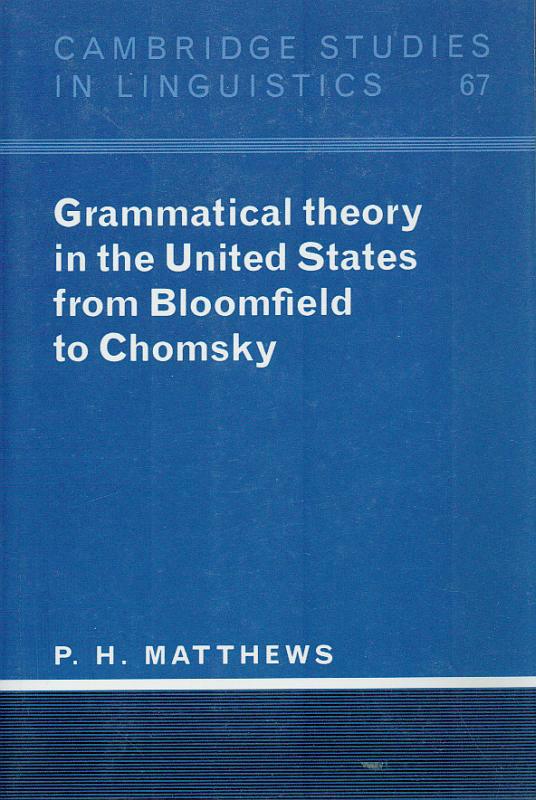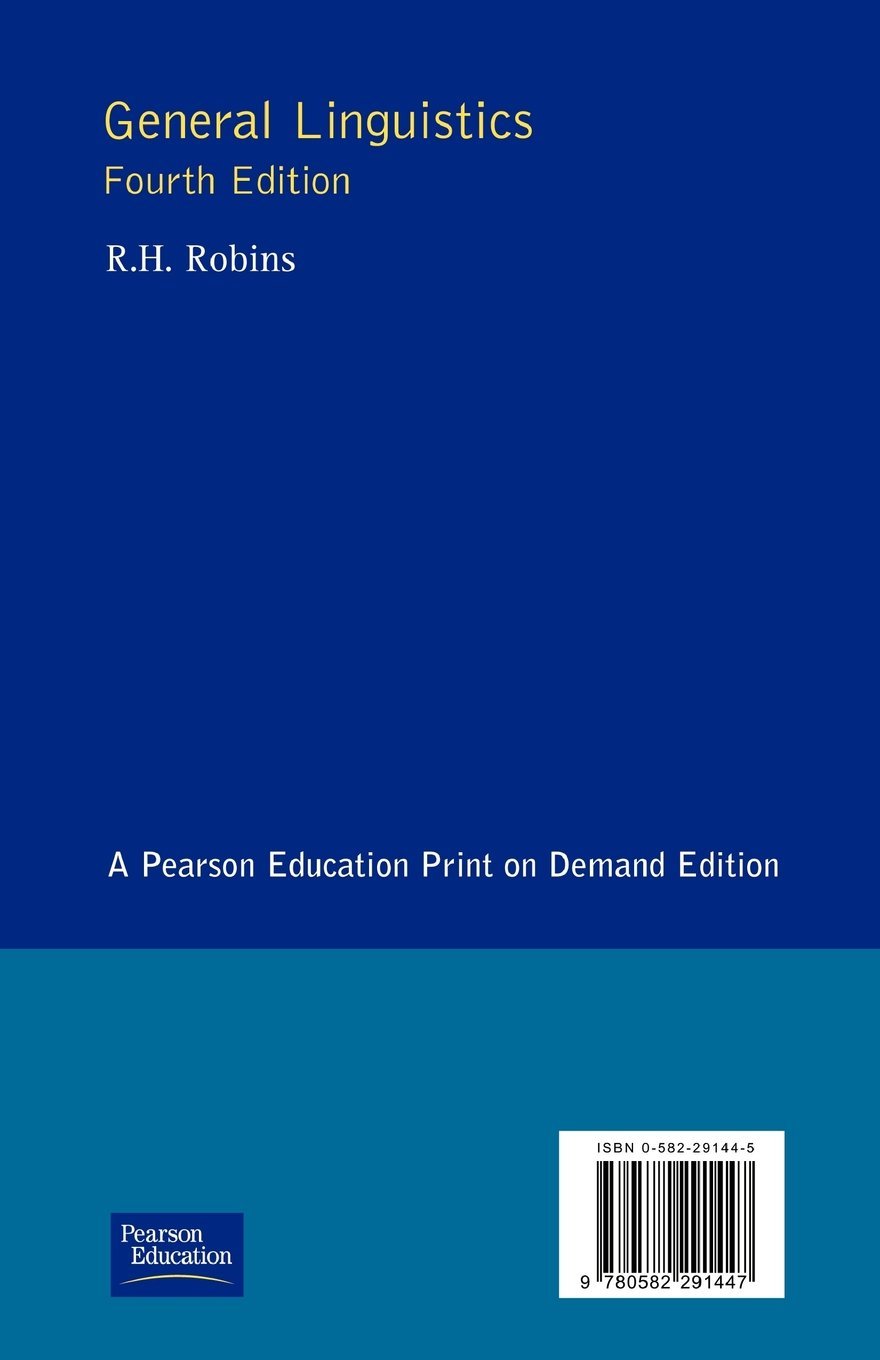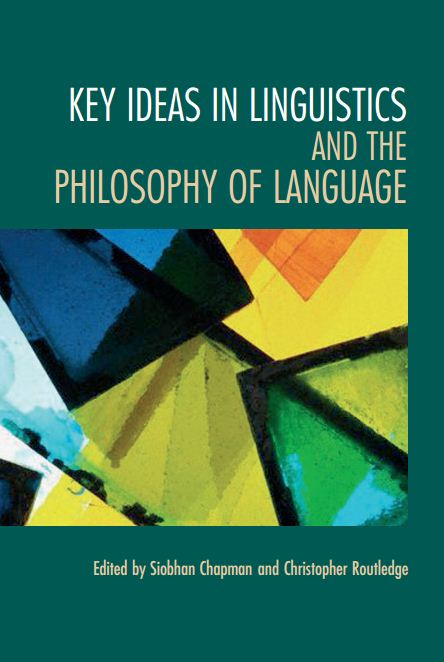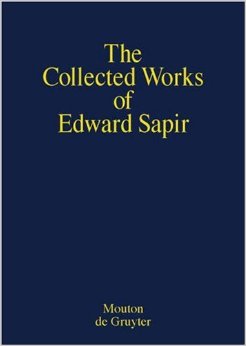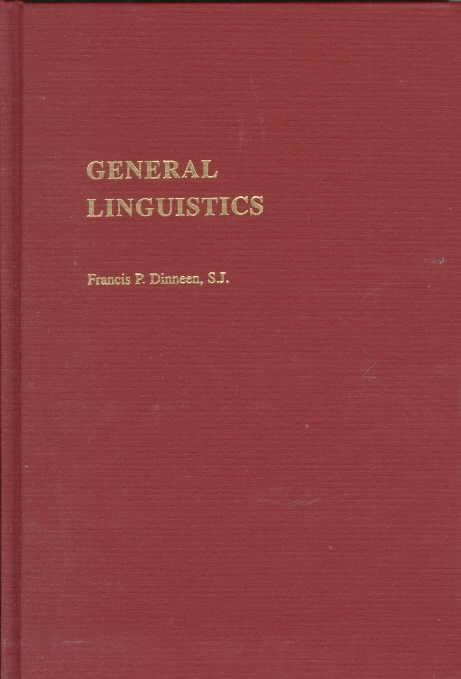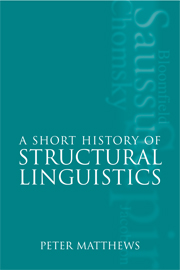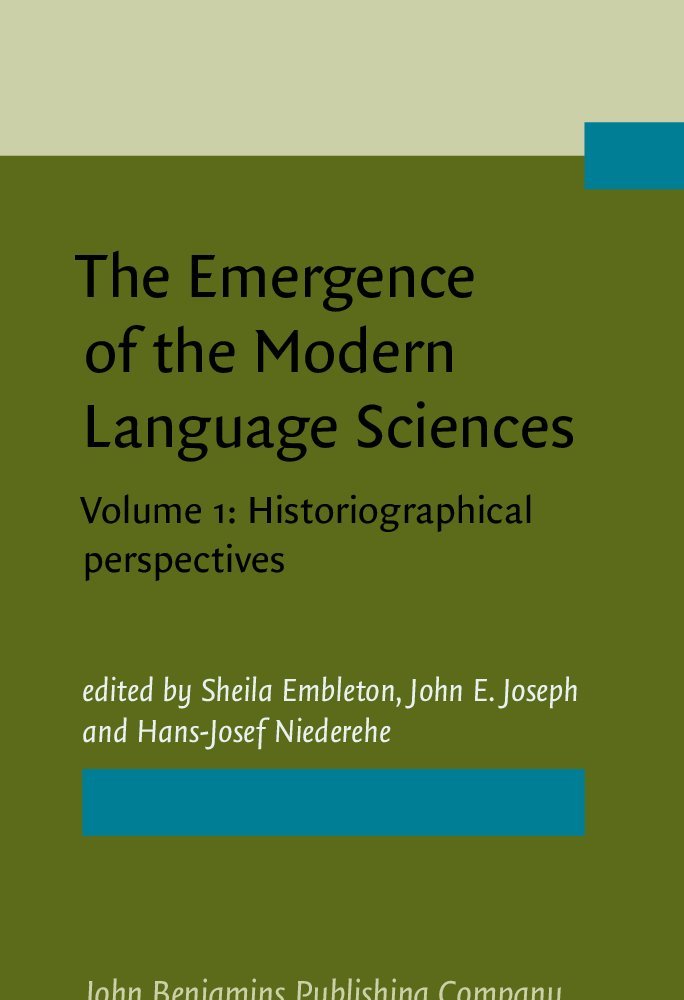Prelude: The nineteenth century
Sampson concludes that this century of linguistic study that was dominated to philology—the study dedicated to reconstruction of the lost proto-language—eventually gave way to synchronic linguistics—the analysis of languages as communicative systems as they exist. Language became a describable entity. The Romantics thought of language as embodying the soul of a race. Modern linguistics study has been linked to trends in scientific thought since 1861, but gradually moved away from Darwin’s paradigm. Key players in this era were Jacob Grimm (of Grimm’s Fairy Tales fame), who stated Grimm’s Law of phonetic sound shifts.
Saussure: language as social fact
Ferdinand de Saussure was credited with founding the notion of the study of synchronic linguistics. His concept of langue (language) vs. parole (speaking) was a dominating issue of the early 20th century linguistic studies. His concept of language is a network of relationships in which the value of each element ultimately depends on the value of the other. For Saussure language comprises a set of signs: a signifier—portion of speech sound; and signified—portion of meaning. His statement that language is not complete in any speaker, it exists perfectly only with a collectivity (society); he thought semantics should be regarded as a social fact, not psychological. Sampson notes because of Saussure European schools tended to ignore or de-emphasize not merely syntax but syntagmatic relationships too.
The Descriptivists
Sampson uses this term to describe the school of linguistics founded by Franz Boas. This movement set the tone for American linguistics until Chomsky’s arrival. The description of an individual language was an end in itself, and a necessary first step to understanding the wider culture of the community. Sampson describes the movement as relativistic—no ideal type of language. The next leader was Leonard Bloomfield who was the prime mover behind the formation of the Linguistic Society of America. Bloomfield emphasized the status of linguistics as a science. Logical positivism exerted a strong influence on scientific field during this time. Bloomfield is credited with moving linguistics into the field of psychology and behaviorism. Bloomfield’s slogan: “Accept everything a native speaker says in his language and nothing he says about it.” The resulting paradigm was measuring language inputs and outputs. Other influences mentioned were Charles Hockett and Kenneth Pike.
The Sapir-Whorf Hypothesis
Sampson defines this as: man’s language could mould his perception of reality or that the world a man inhabits is a linguistic construct is credited to Edward Sapir (1884-1939) and his amateur protégé, Benjamin Whorf (1897-1941). Sampson categorizes this as a special development of the Descriptivist School. Sapir is also credited with his “linguistic drift” theory: that over the long-term languages tend of modify itself in some particular direction. The suggestion came close to saying that language had a life of its own. Sampson conducts an in-depth analysis of the hypothesis and focuses on Whorf’s work with the Hopi and his color theory. As he analyzes the hypothesis, Sampson is both critical and complimentary. His conclusion leaves much unanswered.
Functional linguistics: the Prague School
The Prague School saw language in terms of function, particularly phonology. They argued for methodology and diachronics. The real value in this chapter is the treatment of Roman Jakobson, who later influenced many American linguists including Chomsky.
Noam Chomsky and generative grammar
Sampson credits Chomsky with a “linguistic revolution.” He points to Chomsky’s early influences of Zellig Harris and his collaboration with Roman Jakobson. Accroding to Sampson, Chomsky began the concept of syntactic universals. Sampson outlines Chomsky’s main theories of transformational generative grammar. He also categorizes his linguistic world into Chomskyans and anti-Chomskyans, and I believe comes down on the side of the anti-Chomskyans. The value of this chapter is that Sampson does take a critical look at Chomsky’s ideas, ends up accusing him of scientism, and criticizes his work as establishing a dominant paradigm in linguistic studies which Sampson thinks stifled the field for years. Sampson also discusses the role of Jakobson and phonological universals.
Relational grammar: Hjelmslev, Lamb, Reich
Sampson prefers the grammatical models of Hjelmslev and Lamb to Chomsky’s because he claims they are more easily understood and not as complicated. The main concept in this chapter was that language manifests two distinctions: form vs. substance and content vs. expression. These distinctions intersect to create four strata: form/content, form/expression, substance/content, substance/expression. Hence language consists of external relationships between elements of different strata and internal relationshipsbetween elements in one strata.
Sampson sentences tells it all: “All this is highly abstruse, not to say airy-fairy.” Quite.
Generative phonology
This school is so names because of their association with the generative syntactical school. Morris Halle, of MIT, in collaboration with Jakobson were concerned with establishing the concept of phonological universals. Their work led to much of the accepted work in the field of describing phonological studies. Interesting quote: “The truth is, of course, that scientists are fully as fallible and often irrational as other men [sic].” A brief history of the use or lack of use of the IPA phonetic alphabet is included in this chapter.
The London School
Sampson finally gets to his pet school that is “a pure academic discipline of linguistics in Britain.” He pays homage to the work of Henry Sweet whose phonetic research was, Sampson thought, far superior to that of the Americans. He also surveys the continuation of Sweet’s work by David Jones at UCL and then outlines Michael Halliday’s systemic theory. Sampson’s slant is decidedly British. In fact in his conclusion he states: “semantics cannot be scientific”; and that the Americans think all aspects of language can be treated scientifically. He ends with a prediction that linguistics will shift from psychological linguistics to biological linguistics.
Problems in General Linguistics (Miami Linguistic, No. 8)
Schools of linguistics: Competition and evolution
Modern English linguistics: a structural and transformational grammar
Logics for Linguistic Structures (Trends in Linguistics. Studies and Monographs)
Grammatical Theory in the United States: From Bloomfield to Chomsky
General linguistics: an introductory survey. R. H. Robins
Key Ideas in Linguistics and the Philosophy of Language
Sapir, Edward: The Collected Works: Volume 1: General Linguistics
Course in General Linguistics: Ferdinand de Saussure
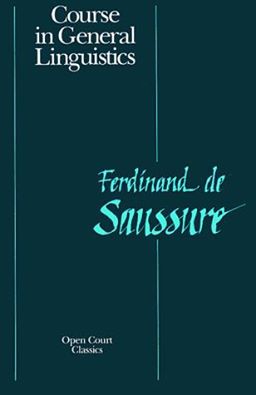
General Linguistics
Mathematical Linguistics (Advanced Information and Knowledge Processing)
Linguistics and the Formal Sciences: The Origins of Generative Grammar
A Short History of Structural Linguistics
The Emergence of the Modern Language Sciences
An Introduction To Linguistics
Copyright (c) 2014
